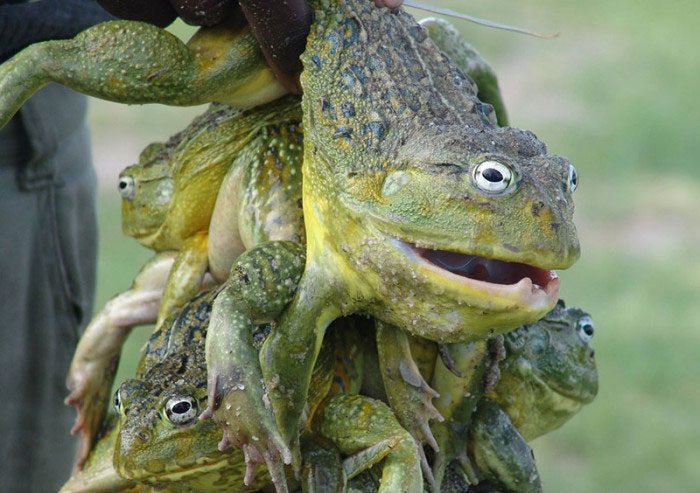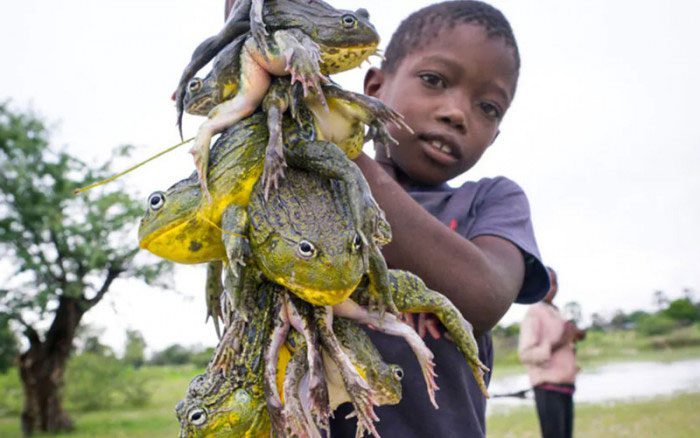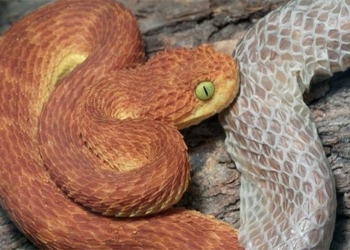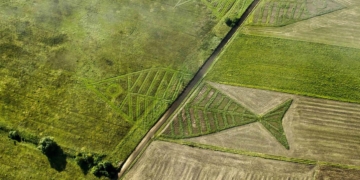There are many types of food around the world that pose dangers equivalent to their deliciousness. In Namibia, there exists a species known as the Giant African Frog (Pyxicephalus adspersus), locally referred to as efuma or omafuma (goblin frog), which is considered a delicacy.
Despite the fact that consuming this frog can lead to kidney failure and burning sensations in the urinary tract, it remains a popular dish, and locals have named it Oshiketakata.



Africans believe its deliciousness outweighs the danger.
This giant frog is most commonly consumed during the rainy season. Besides the Namibians, people in Southern Africa also enjoy this dish. It is known that the Nsenga people in the eastern part of the Luangwa Valley, in Eastern Zambia, are also fond of goblin frogs.
To mitigate the risks associated with eating goblin frogs, proper cooking is essential. However, the health risks associated with this dish are unavoidable. Adventurous diners or those seeking unique culinary experiences are particularly drawn to this delicacy.
People are advised to catch frogs after the third rainfall or when frogs enter their breeding season.
According to reports, the African frog thrives in arid and semi-arid environments in Central and Southern Africa. This species features long ridges on its back and a large head that can appear quite intimidating.
This creature has a frightening appearance and contains a sufficient amount of toxins that can be lethal. Nevertheless, those who enjoy this dish believe its deliciousness surpasses its danger.




















































